Rising Water Scarcity
The increasing prevalence of water scarcity across various regions appears to be a primary driver for the Mobile Sea Water Reverse Osmosis SWRO Treatment Plant Market. As populations grow and industrial demands escalate, the need for alternative water sources becomes more pressing. According to recent data, approximately 2 billion people currently live in water-stressed areas, which is projected to rise. This situation compels governments and organizations to invest in mobile SWRO solutions, which can be deployed rapidly to address urgent water needs. The flexibility and efficiency of mobile systems make them particularly appealing in regions where traditional infrastructure is lacking or damaged. Consequently, the Mobile Sea Water Reverse Osmosis SWRO Treatment Plant Market is likely to experience substantial growth as stakeholders seek innovative solutions to combat water scarcity.
Technological Innovations
Technological advancements in desalination processes are significantly influencing the Mobile Sea Water Reverse Osmosis SWRO Treatment Plant Market. Innovations such as energy recovery devices and improved membrane technologies have enhanced the efficiency and cost-effectiveness of mobile SWRO systems. For instance, the integration of advanced monitoring systems allows for real-time data analysis, optimizing operational performance. As a result, the energy consumption of these plants has decreased, making them more sustainable and economically viable. The market data indicates that the adoption of such technologies could lead to a reduction in operational costs by up to 30%. This trend suggests that as technology continues to evolve, the Mobile Sea Water Reverse Osmosis SWRO Treatment Plant Market will likely expand, attracting investments and fostering competition among manufacturers.
Government Initiatives and Funding
Government initiatives aimed at improving water access and quality are playing a crucial role in the Mobile Sea Water Reverse Osmosis SWRO Treatment Plant Market. Many countries are implementing policies that promote the use of desalination technologies, particularly in coastal regions where freshwater resources are limited. Funding programs and incentives for research and development in water treatment technologies are becoming more common. For example, several nations have allocated substantial budgets to enhance their water infrastructure, which includes mobile SWRO plants. This financial support not only encourages innovation but also facilitates the deployment of these systems in underserved areas. As a result, the Mobile Sea Water Reverse Osmosis SWRO Treatment Plant Market is expected to benefit from increased government backing, leading to accelerated growth and wider adoption.
Growing Awareness of Water Quality
The rising awareness of water quality issues among consumers and industries is driving demand for mobile desalination solutions within the Mobile Sea Water Reverse Osmosis SWRO Treatment Plant Market. Contaminated water sources pose significant health risks, prompting a shift towards safer alternatives. As awareness campaigns proliferate, individuals and organizations are increasingly seeking reliable water treatment options. This trend is particularly evident in regions affected by industrial pollution or natural disasters, where immediate access to clean water is critical. Market data suggests that the demand for mobile SWRO plants is likely to surge as communities prioritize health and safety. Consequently, the Mobile Sea Water Reverse Osmosis SWRO Treatment Plant Market is positioned to grow as stakeholders respond to the urgent need for high-quality water solutions.
Increased Demand for Disaster Relief Solutions
The frequency of natural disasters and humanitarian crises is driving the demand for mobile water treatment solutions in the Mobile Sea Water Reverse Osmosis SWRO Treatment Plant Market. In the aftermath of disasters, access to clean water becomes a top priority for affected populations. Mobile SWRO plants can be rapidly deployed to provide immediate relief, making them invaluable in emergency situations. Recent data indicates that the global market for emergency water treatment solutions is expanding, with mobile desalination units being a key component. As governments and NGOs recognize the importance of preparedness and rapid response, investments in mobile SWRO technology are likely to increase. This trend suggests that the Mobile Sea Water Reverse Osmosis SWRO Treatment Plant Market will continue to grow, driven by the need for effective disaster relief solutions.


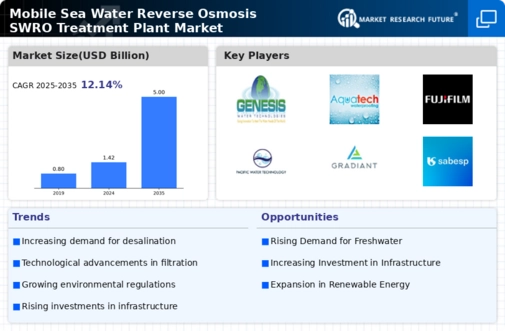
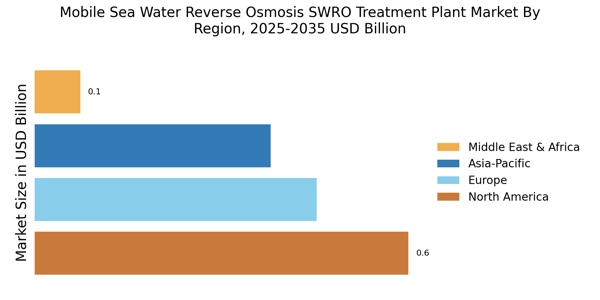
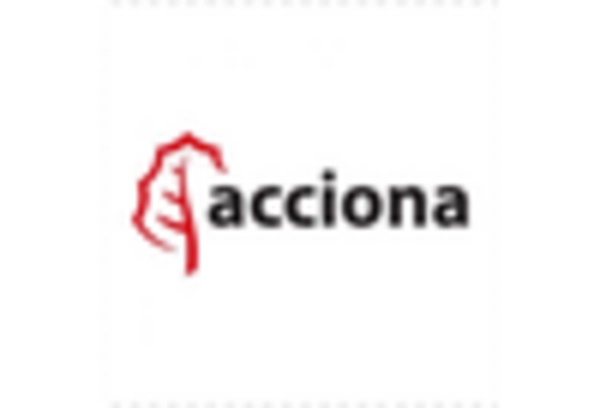

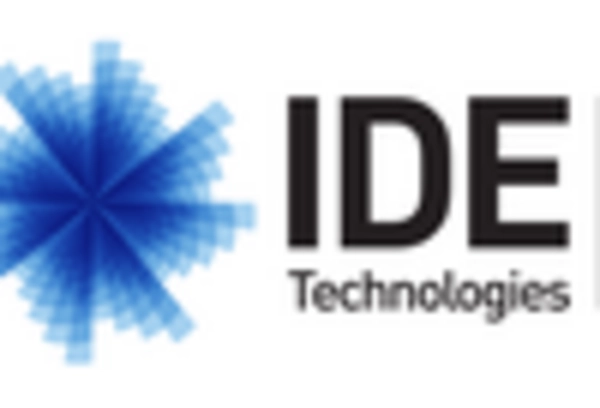
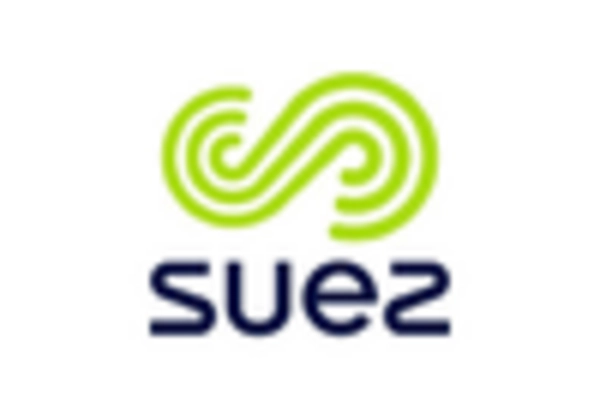

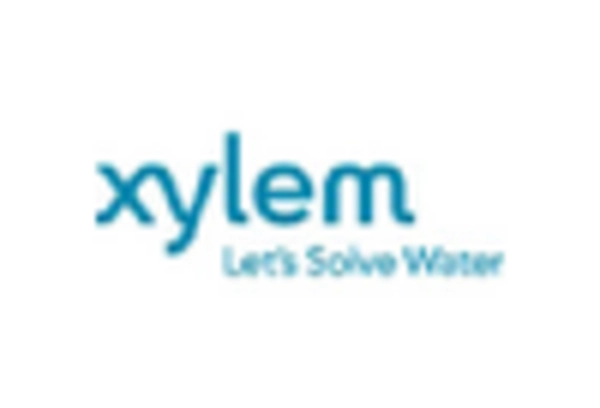








Leave a Comment